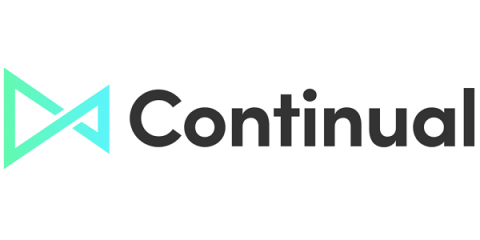Systems | Development | Analytics | API | Testing
Machine Learning
The Complete Guide to Using the Iguazio Feature Store with Azure ML - Part 1
In this series of blog posts, we will showcase an end-to-end hybrid cloud ML workflow using the Iguazio MLOps Platform & Feature Store combined with Azure ML. This blog will be more of an overview of the solution and the types of problems it solves, while the next parts will be a technical deep dive into each step of the process.
Automated Machine Learning
When AI came on the scene in analytics, Qlik took a very different approach than ‘black box’ tools. We felt strongly that AI should be utilized to enhance human intuition, instead of replacing it. And of course, the term augmented analytics is now well known. That’s not a coincidence.
Building an MLOps infrastructure on OpenShift
Most data science projects don’t pass the PoC phase and hence never generate any business value. In 2019, Gartner estimated that “through 2022, only 20% of analytic insights will deliver business outcomes”. One of the main reasons for this is undoubtedly that data scientists often lack a clear vision of how to deploy their solutions into production, how to integrate them with existing systems and workflows and how to operate and maintain them.
Looking into 2022: Predictions for a New Year in MLOps
In an era where the passage of time seems to have changed somehow, it definitely feels strange to already be reflecting on another year gone by. It’s a cliche for a reason–the world definitely feels like it’s moving faster than ever, and in some completely unexpected directions. Sometimes it feels like we’re living in a time lapse when I consider the pace of technological progress I’ve witnessed in just a year.
Continual Launches With $4 Million in Seed to Bring AI to the Modern Data Stack
Adopting a Production-First Approach to Enterprise AI
After a year packed with one machine learning and data science event after another, it’s clear that there are a few different definitions of the term ‘MLOps’ floating around. One convention uses MLOps to mean the cycle of training an AI model: preparing the data, evaluating, and training the model. This iterative or interactive model often includes AutoML capabilities, and what happens outside the scope of the trained model is not included in this definition.











